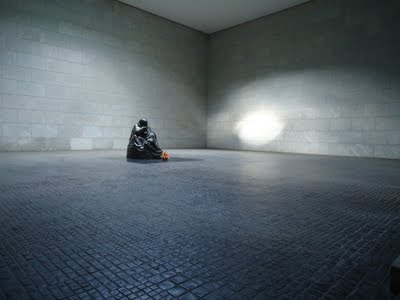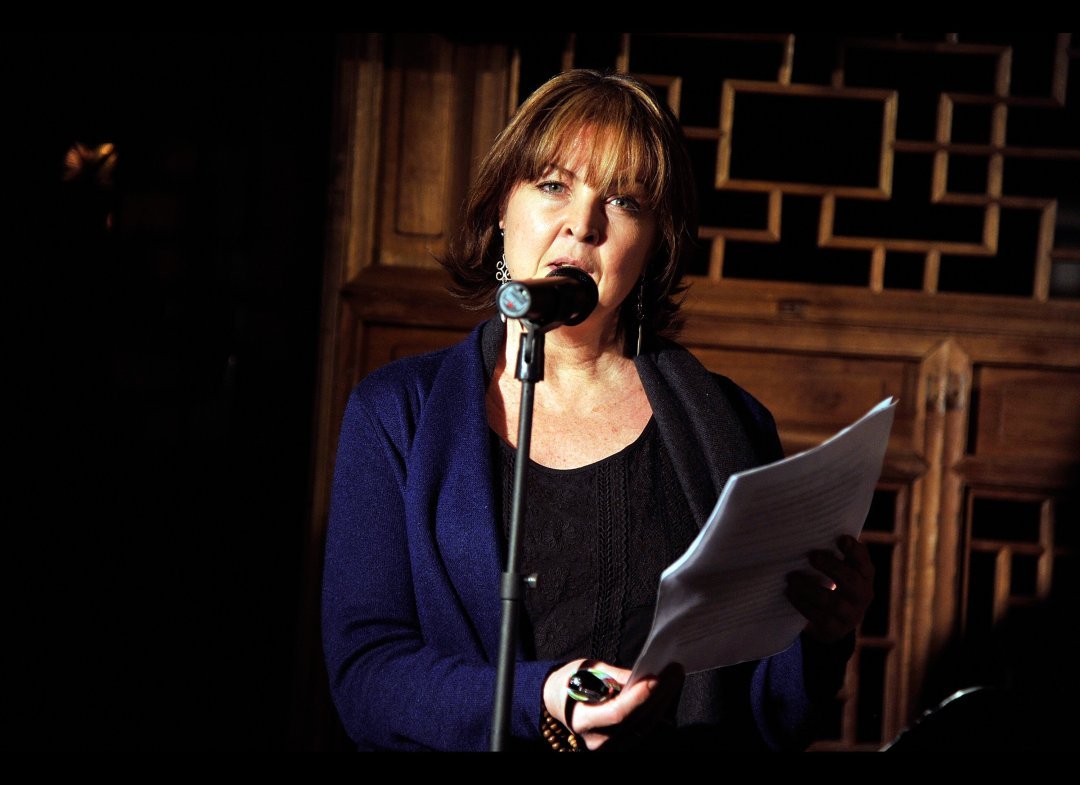Sep 9, 2011 | Events, Hiroshima in the Morning, The Writing Life
There have been, in the last weeks, so many things to do: speeches to write, visuals to prepare, plane trips that require me to be patted down and my bags unpacked and gone through by hand because my books and my computer cord in my carry-on are so close together in the x-ray screening that the entire line was nearly shut down to deal with the threat that is me. But now I am on my way to Los Angeles – five airborne hours – with nothing but the present moment. I can read the book I brought – Amy Waldman’s The Submission – for nothing but pleasure. I can daydream. I have been preoccupied with what to say to an audience I cannot yet see and whom I have not met. But to decide so far in advance what I should offer them and what they need to hear is to constrain the future. To predetermine it and make it less than it might otherwise be. I am not an historian, or an expert, or even an advocate. I am an artist, and a witness, and so I have decided to lecture less and engage more. To be in the moment when it comes. Wish me luck.
Jun 29, 2011 | Hiroshima in the Morning, Motherhood in the Media, The Writing Life
A note from the Goddard residency about a new article on Women Doing Literary Things:
“As a writer, I have always been attracted to what is hidden. I write to understand what is not understandable, what is not even acceptable, and to find a deeper truth in what has not been spoken.
“I write war, trauma, history.
“I also write family, without planning to do so. And motherhood. This is the natural consequence of writing who I am. In our culture and our stories, gender is everything. I have learned – not always in the nicest ways – that even when I am sure that my own preoccupations have nothing to do with gender, my readers will still bring their own, gender-based expectations to my work.”
To read the whole article, you can link to this blog, to She Writes, or to Gender Without Borders.
Jun 15, 2011 | Our Nuclear Age, Random Thoughts, The Writing Life

Beth Kephart, amazing writer, sends a vision from Berlin. She writes:
“A consecration. A silence.
“This is the German war memorial, a mother holding her son.The ground below has the remains of a German soldier and a holocaust victim. The earth is from both a battle ground and a concentration camp.”
Truly a Chorus of Stones.
Apr 21, 2011 | Events, Hiroshima in the Morning, Motherhood in the Media, The Writing Life
I was interviewed by Lara Dunning for her blog recently. My responses are up now. She asked me a question about the role of visual media (TV and internet) on triggering lost or pushed aside memories within the hibakusha, a question no one has ever asked before. Here is my answer. You can read the rest of the conversation on her blog.
“Interesting question! Visual media, and especially the sound that comes with it, is absolutely in-your-face. You can’t put up a nice, safe emotional wall between you and what you are seeing. With words, you can. You can put down the book, but you can also engage your brain to accept the story in a more distant way. And of course, the writer is also making decisions about how to tell the story, so the raw material is already being shaped. But image, and sound, go directly into your brain and your emotions before your mind can protect you. I remember, I think it was a Michael Moore documentary, a black screen where you couldn’t see but could only hear the sound of the 9/11 attacks. That was really powerful.”
Apr 11, 2011 | Motherhood in the Media, The Writing Life

The Moment I Knew Meetup for the Huffington Post
“Two decades together. All of my adult life. Every day of it in relationship, in twinship. In compromise. He wanted to go back to that life; he wanted the last six months erased. And faced with that impossibility, before he could go forward he needed me to define precisely who I now was.
“And that was the problem. Even that. I couldn’t say who I wanted to be. I didn’t know, and the point was that I didn’t want to have to guess and negotiate. I wanted to be allowed to grow, to change, with the assurance that I was still loveable.
“I tried to put that into words.”
There is a short video of the readings here.
Read the whole essay here.
Feb 27, 2011 | Hiroshima in the Morning, The Writing Life
From an interview on Cara Hoffman’s blog:
“When I went to Japan, I was looking for the textural details of the atomic bomb experience for a novel. Three months into my visit, September 11th happened, and the testimonies changed. The atomic bomb survivors were shaken by the attacks, just as the rest of the world was, and as a result, they began to remember differently – which is to say, they recovered buried details of loss, of pain, and of love. At that moment, the tables turned. I was no longer seeking them out for their help; they wanted to talk to me so that I could be a witness to their experiences and a repository of their memories, their lost family members, their suffering. It was an incredible honor, and I do feel like I wrote the book, in part, for them: as a testament to those moments of connection and their trust in me. That is the closest I come to political.”
For the whole interview, click here. And look out for Cara’s debut, So Much Pretty, coming from S&S on March 15th.
For links to all articles and essays, check the sidebar.

